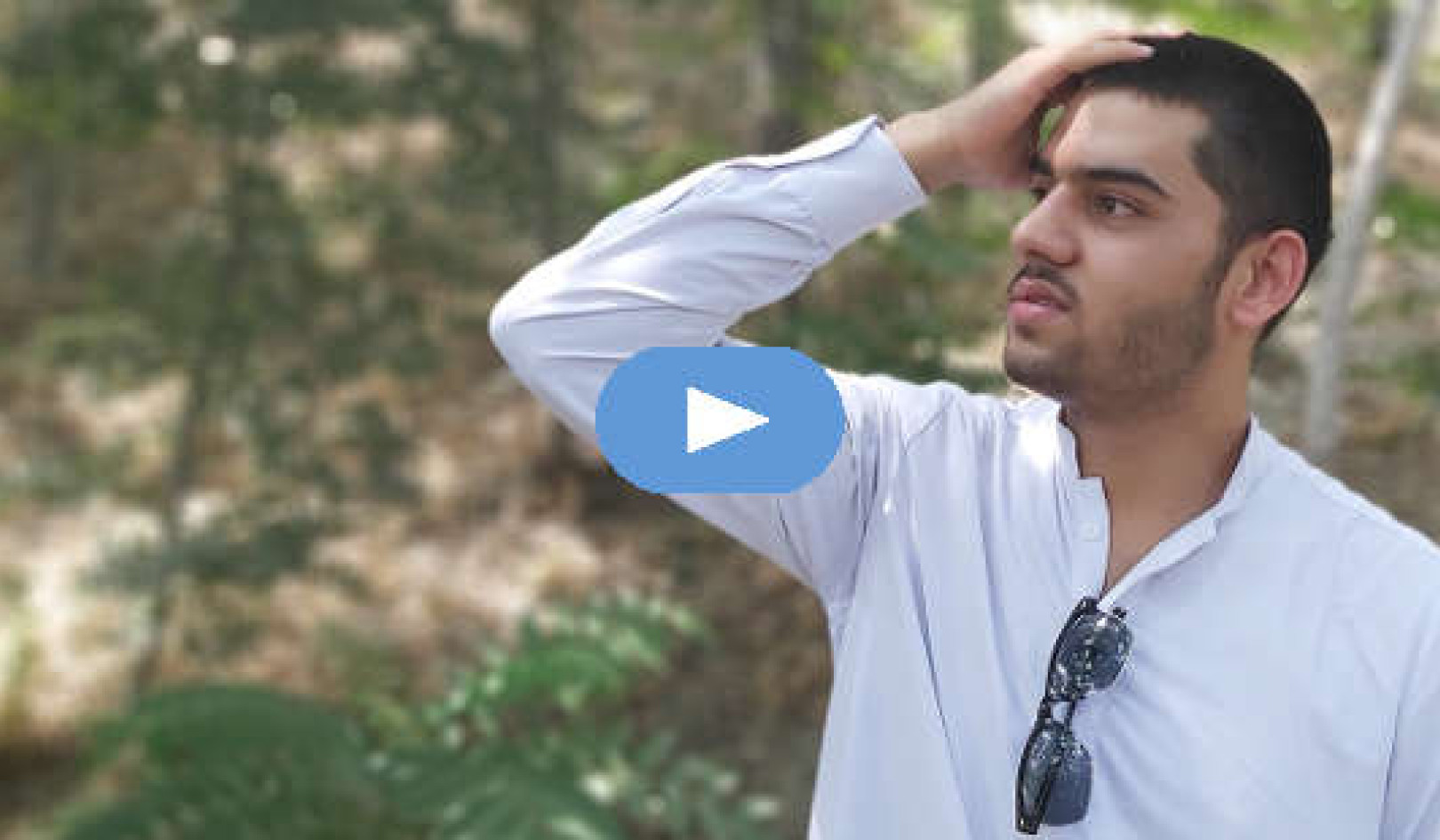Much of what passes for spirituality these days is approached from a perspective that is comforting and clean. There are twelve steps for this, seven rules for that, and guardian angels to help us with all of our problems along the way. A great many books on the topic, as well as the motivational speakers who go with them, seem to focus exclusively on the brighter side of spiritual issues, on getting in touch with the serenity, sensitivity, and self-love that are often beyond our grasp. Sometimes these books and individuals go out of their way to accentuate the happier aspects of life, offering uplifting messages of boundless optimism and hope.
While such messages are important and speak to many people, they do not resonate with all of us, nor do they deal adequately with the experiences of struggle and pain. Reality can be messy, and it can frequently force us to reduce our expectations and rein in our hopes. Not everyone can find spiritual fulfillment in a place that feels inviting and safe, like a self-help book or a house of worship. There is a long history of people discovering God in unexpected, unusual, sometimes even uncomfortable contexts. It can occur in a place of darkness, at the edge. Judaism was born in the wilderness of the desert, at the foot of a mountain, as a people cringed in terror. Christianity traces its origins to a man dying on a cross, crying out in doubt and despair.
While American popular culture has generally approached spirituality from a lighter perspective, the world around us has fallen prey to decidedly darker forces. A thousand years ago panic swept over Europe as people thought that the end of history was at hand. Monks stopped copying manuscripts, and construction on new religious buildings came to a halt. Today, as we step into the next millennium, similar apocalyptic impulses have surfaced. We have doomsday cults, survivalist groups, and religious fanaticism. We fear nuclear catastrophe, AIDS, overpopulation, global warming, even alien invasion.
Nietzsche warns us, "If you gaze long into an abyss, the abyss will gaze back into you." But there can be darkness without doom. The edge does not have to lead to nihilism. If we are careful, it is possible to recognize, accept, even grow from spirituality's borderlands without being consumed by them. As a seminarian and now as a young rabbi, I have never been drawn to the religious center, but I am not alone. I am just one link in a very long chain of spiritual malcontents, a chain that extends into our own time. Historically, when the mainstream has been stunted, many have looked to the fringes for their spiritual life.
We have alternative medicine and alternative music. Why not alternative religious expression? In an age when religion has been deconstructed and decentralized, I have started to construct the religious life and lifestyle that I know I will need in order to heed my particular calling: a rabbinate on the edge. In a way, the reshaping of religion in America has opened up new doors for the clergy. Our career paths are no longer spelled out for us in advance. We can work in a variety of non-congregational settings and hold a range of professional positions that those who came before us could never have thought possible. There are hospital pastors, campus ministers, television preachers, and a host of other career options. None of them have appealed to me. So I have tried to go a step further. I have tried to take my faith to the frontier.
In the past, men and women found God -- and their particular spiritual expressions -- in bushes that burned, valleys of shadows, and dens of lions. Some communed with the divine on the peaks of mountains. Others had mystical encounters in prison cells. Itinerant rabbis and explorer priests followed their callings to remote shtetls and uncharted villages. Some found the fullest manifestation of their faith through solitude, hunger, or other forms of denial. Some even found it through death and martyrdom.
I understand the impulse toward the edge. My own experience with spirituality has taken place not only in synagogues and through holy books, but in dogsleds, squad cars, and cyberspace. It has taken me to the tundra of Alaska and the steppes of Central Asia. Existential struggle, not equanimity, has been the impetus for my quest, a quest that has uncovered the divine image within me but also brought me face-to-face with my inner darkness and demons.
Authentic works on spirituality have never been afraid to journey to the frontiers of personal experience. Avoiding the darker dimension of the human soul (and its interactions with the world of the spirit) will lead only to scratching the outer crust of our inner worlds. We may feel good as a result. We may think we have found all the answers. But with this approach we will never shake off our false sense of security or encounter the full spectrum of spiritual experiences.
Kierkegaard calls God the Absolute Frontier. It sometimes does take a journey to the edge, into territory that is not always comfortable, to discover the spiritual sustenance we so often crave. The dark forest of the inner spirit may be murky in places, but buried in its soil are the seeds of our salvation.
 This article is excerpted with permission from the book:
This article is excerpted with permission from the book:
God at the Edge
by Niles Elliot Goldstein.
Excerpted by permission of Harmony/Bell Tower, a division of Random House, Inc. Copyright 2001. All rights reserved. No part of this excerpt may be reproduced or reprinted without permission in writing from the publisher.
Info/Order this book.
 About The Author
About The Author
Niles Elliot Goldstein is the founding rabbi of The New Shul in Greenwich Village, New York. He is the National Jewish Chaplain for the Federal Law Enforcement Officers Association. Niles is the author of: God at The Edge, Judaism and Spiritual Ethics, and Forests of the Night.























